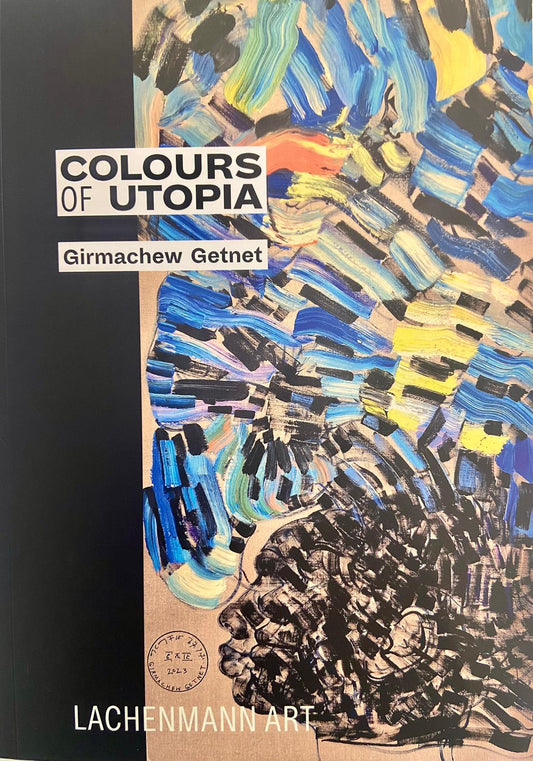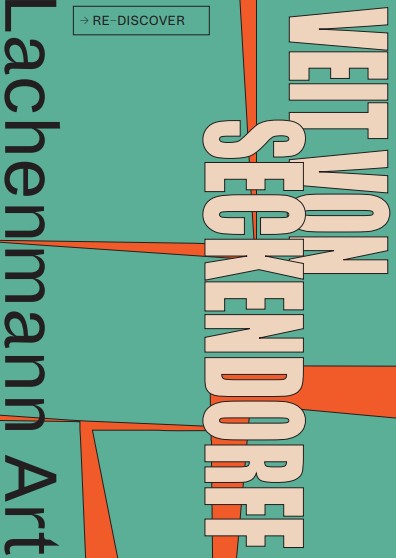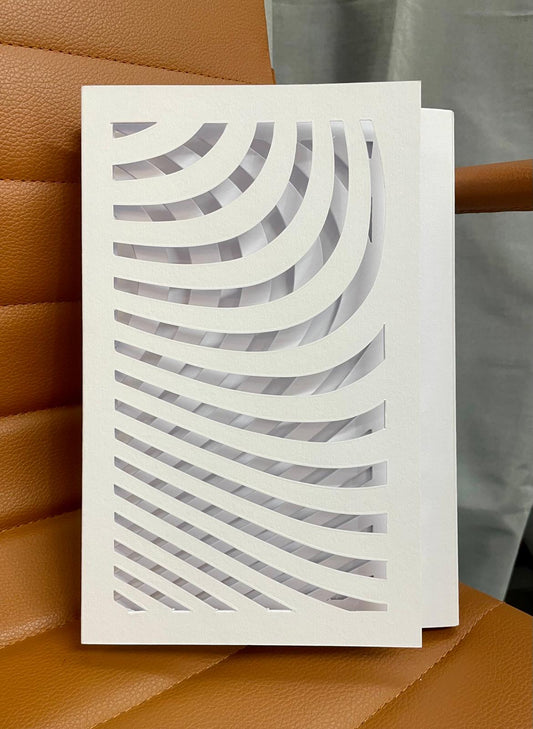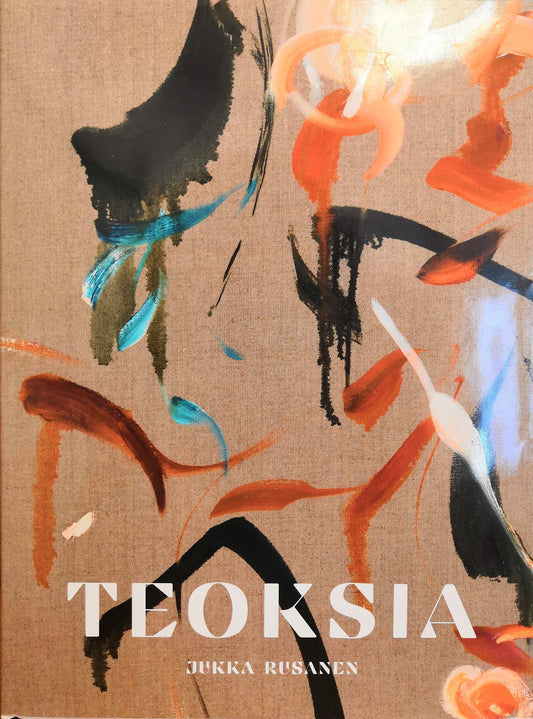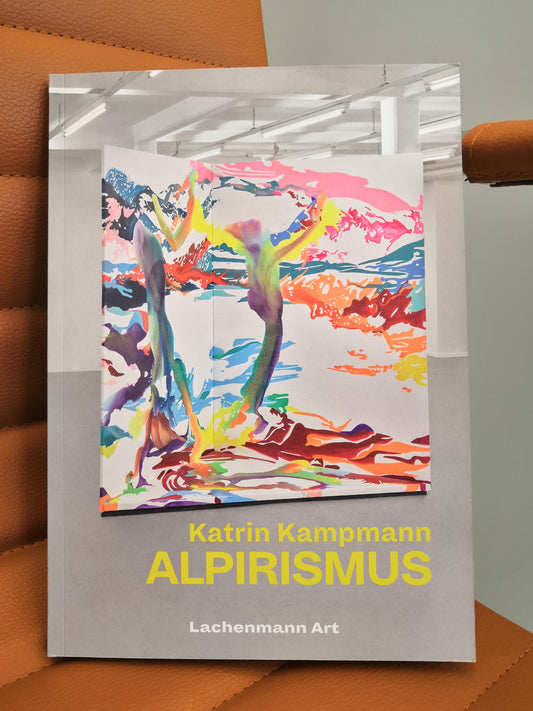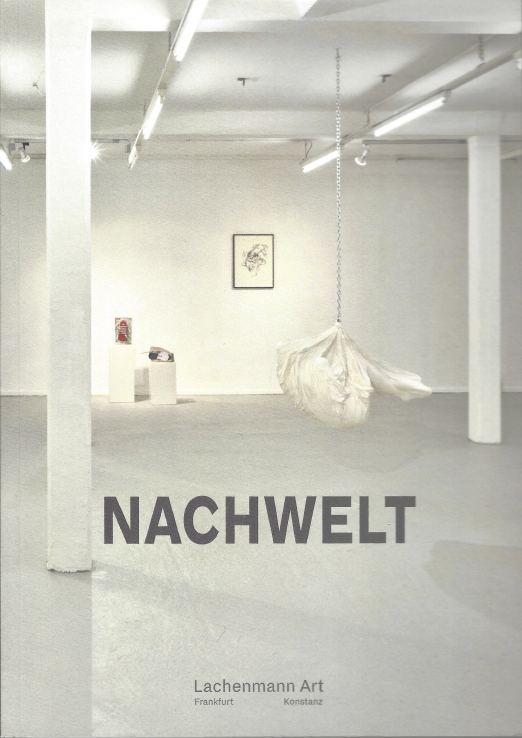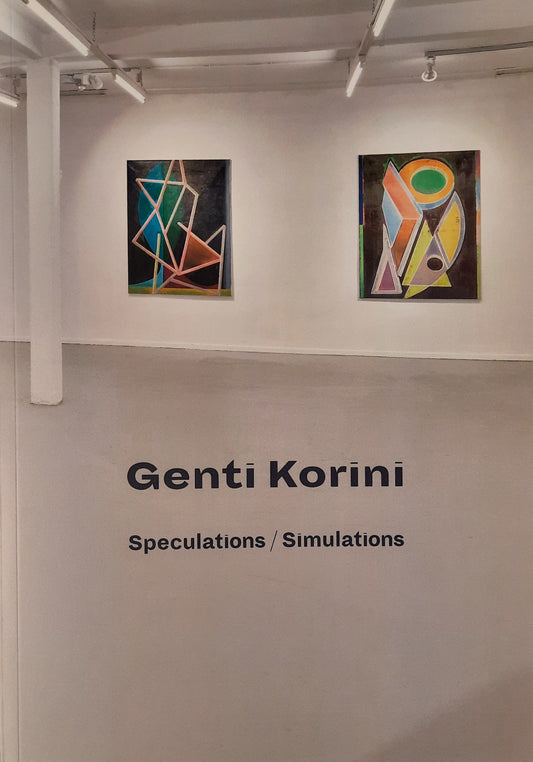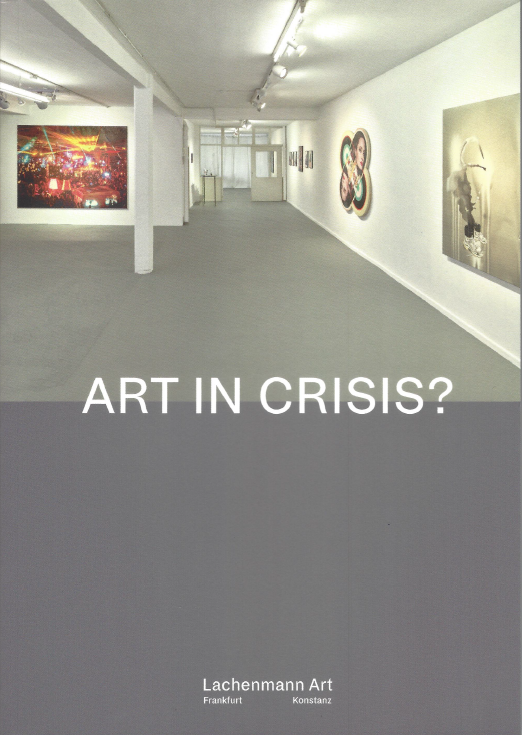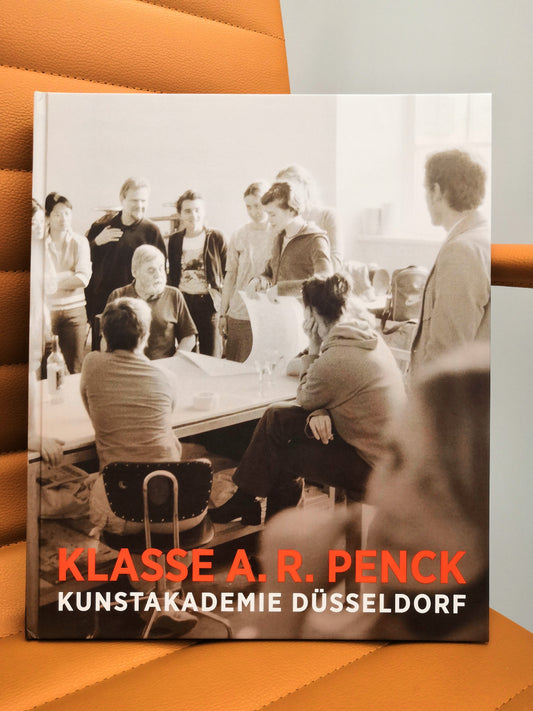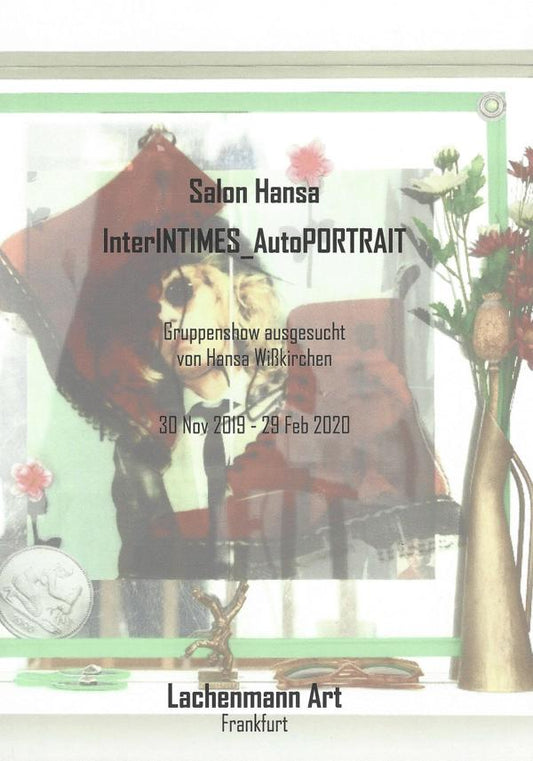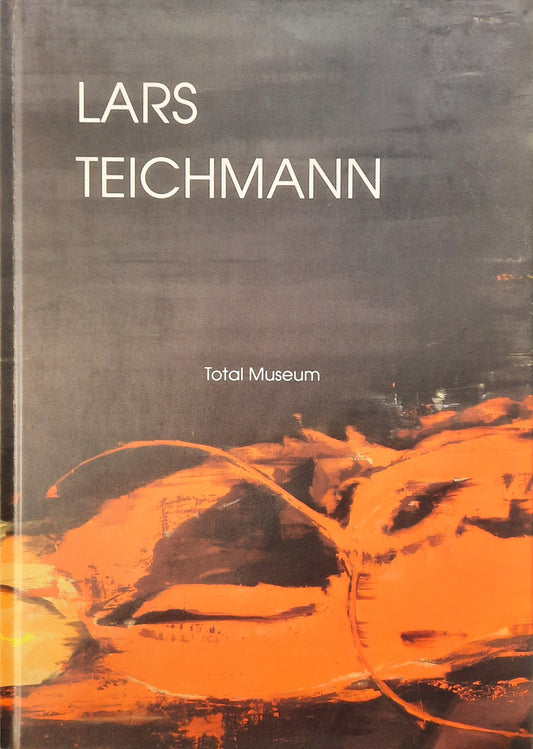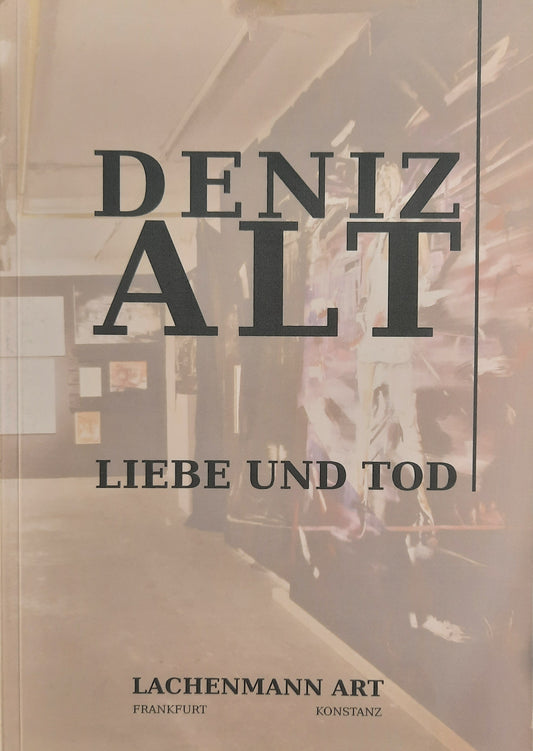›Relics‹ 24/09/2022—19/11/2022
›Relics‹ 24/09/2022—19/11/2022
- Franziska Klotz
- Agnes Lammert
- Jirka Pfahl
- Ronny Szillo
Constance 24/09/2022—19/11/2022
Last year, Agnes Lammert, Franziska Klotz, Jirka Pfahl and Ronny Szillo addressed the question “What remains?”
For this purpose, an exciting exhibition concept entitled ›Nachwelt‹ was created, which posed urgent questions and presented initial answers, especially in times of a global pandemic.
In the exhibition ›Nachwelt‹, which was shown in our Frankfurt gallery, the four artists from Leipzig and Berlin presented their predictions of the future and a history of tomorrow.
With the exhibition ›Relics‹ we explore the meaning of art in the near or distant future, ask about the substance of man in connection with a time that is then past and stage contemporary products as fictitious remnants of the past.
In Agnes Lammert's sensual works, the traces of their creation remain visible and thus refer to their own materiality. Mysterious and yet familiar, the haptic sculptures enliven the exhibition space. Agnes Lammert's freely hanging sculptures symbolize the heaviness of a dystopia, transience and the lightness that follows. The artist succeeds in doing this with her work "Heaviness", a fictitiously light, permeable material that caresses the shape of a body. The freely hanging sculpture, which is in constant, gentle movement, triggers curiosity and fascination in the viewer. Agnes Lammert also knows how to incorporate Kazé's inherent ambivalence between material properties and effect into her works. The temperature sensitivity of the wax material confirms it as a transient, fragile artifact of a short-lived period of time. The interplay of apparent heaviness and apparent lightness, in their mutual conditioning and contradiction, points to an uncertain future that can be questioned with the exhibition. What is occupied, what will remain and what will pass away?
In addition to his characteristic paper folds in reduced tones of black and white, Jirka Pfahl is showing an installation work: the installation ›Untitled (Marcel Duchamp)‹ was created as a homage to the great conceptual artist of the last century. Jirka Pfahl's work examines the possibilities and limits of a
blockchain-based artwork that is based on the new digital values and
rating systems. Blockchain is a continuously expandable list of
data sets and can be continued indefinitely. The data in the hidden network of the
Jirka Pfahl brings the existing chain of computers into a visible form. His works consist of folded shapes that are spread out like a net over the entire surface. In their constant repetition and reproducibility, they trigger thoughts about infinity. This work is intended to represent the achievements of technology, which would continue to exist even in a dystopian scenario without a human population. Jirka Pfahl shows us that humans, who are themselves finite, can create infinite things. In addition to the rapid technological development, the human spirit and mind have also changed. Critical thinking is more part of the zeitgeist than ever before.
In the classic medium of canvas painting, Franziska Klotz shows us mummy portraits of women who once lived and plays with transformative moments of abstract surfaces and blurriness in her figurative painting style. Franziska Klotz portrays teenagers, whose generation has both a difficult legacy and great hope and whose future is uncertain. The criticism of the younger generations is therefore becoming ever louder. Klotz, in turn, takes up the demand to rethink existing conventions in her position as a painter.
Existing outdated orders lead to a bleak future, which Klotz depicts in her work Moorbrücke. The urge to break it exists simultaneously with her own inner collapse, which the artist illustrates with a crack in the glass.
The fourth artist in our group show today, Ronny Szillo, describes himself as an archaeologist of the future and uses clay to create fictional finds from a time that has not yet come. Ronny Szillo's sculptures pose the playful question of which objects from our present a future archaeologist would find. In direct comparison to historical, sensational grave finds from times gone by, Ronny Szillo creates brightly colored fossils of the future. Inspired by layers of rock that have been compressed over thousands of years and in which fossilized snails and plants can be found, the gray concrete encloses colorful sneakers, glittering cell phone cases and everyday objects such as toothbrushes. It is not hand-painted ceramic shards or ancient tools that bear witness to our civilization, but all those seemingly everyday objects and artifacts that Ronny Szillo fuses into a suspicious reflection of the Anthropocene. With a critical wink, the artist reveals himself to be a visionary of the future who not only dares to question the multimedia structure of our time in the sense of a "brave new world", but also enters into a dialogue with art history, the nature of materials and craftsmanship. Ronny Szillo casts the aesthetics of the 21st century in concrete for posterity.
Installation views: Credits Biliana Peneva and Lachenmann Art
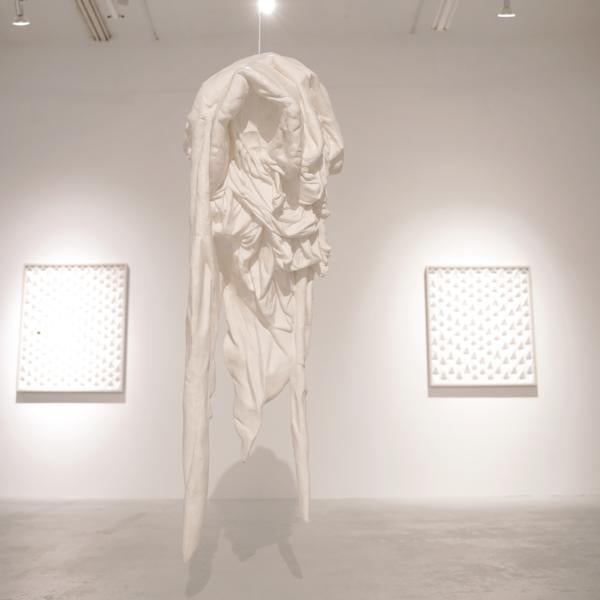
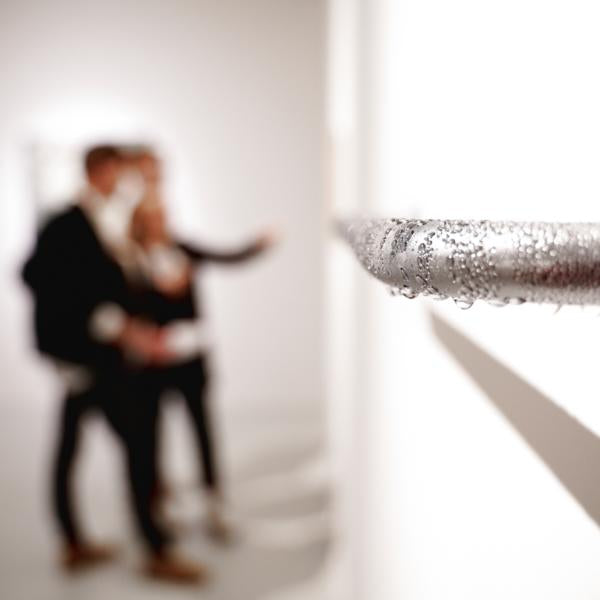
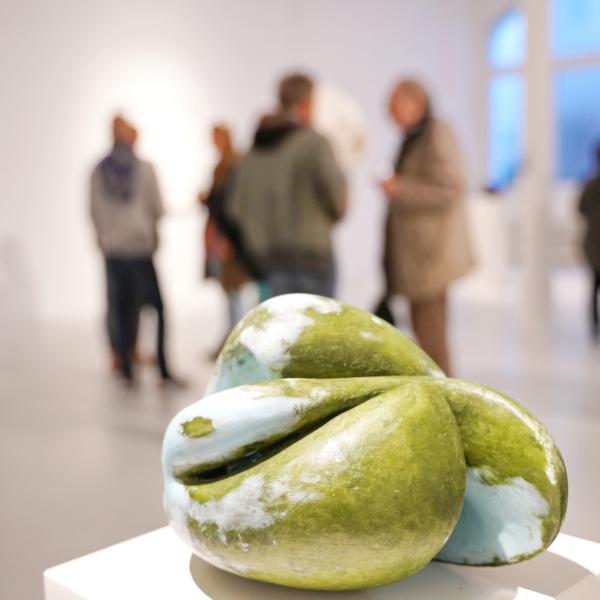
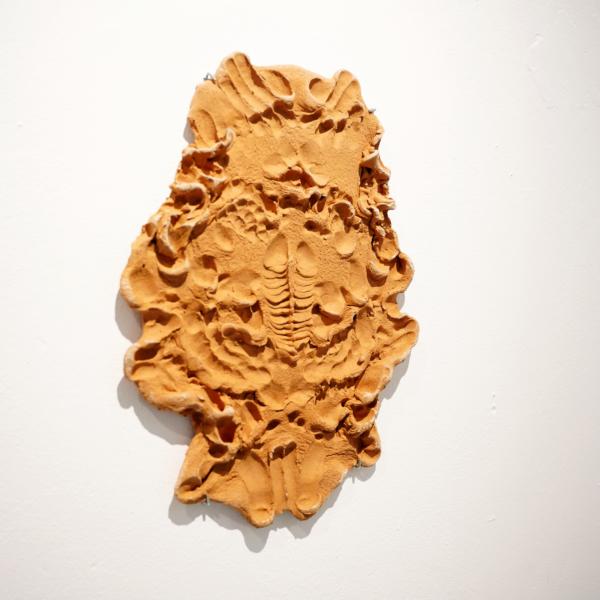
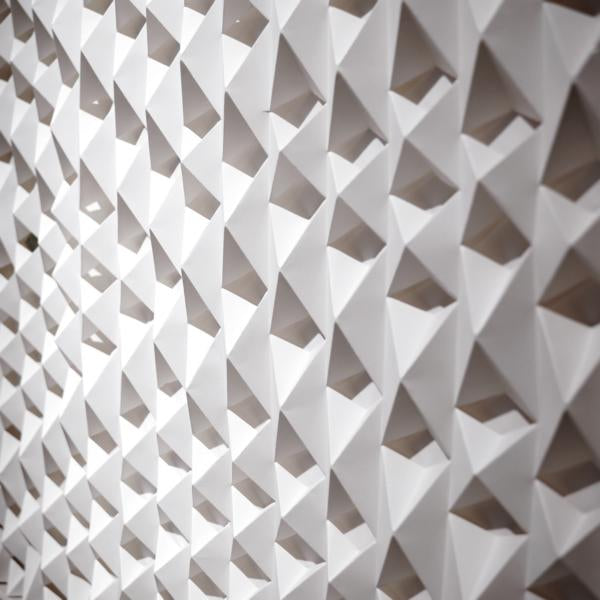
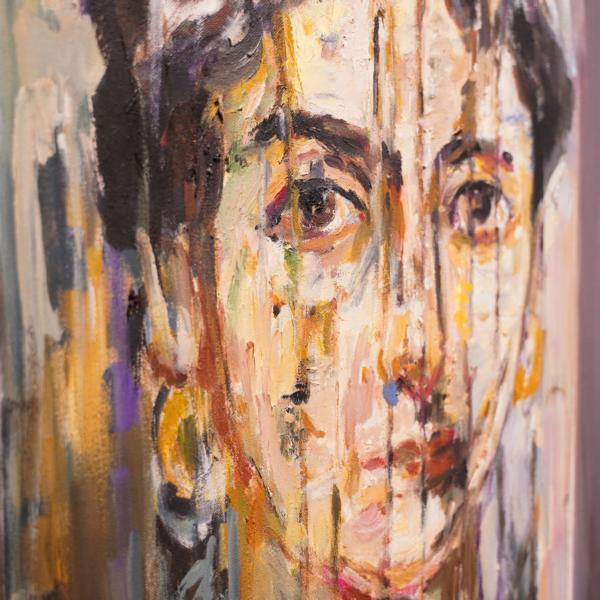
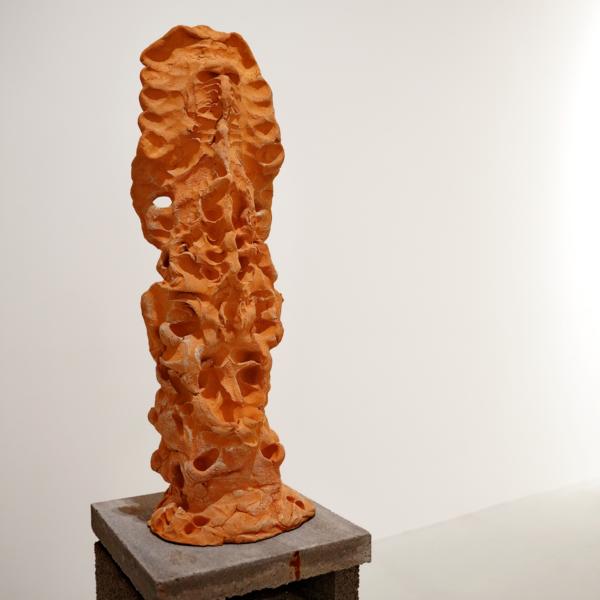
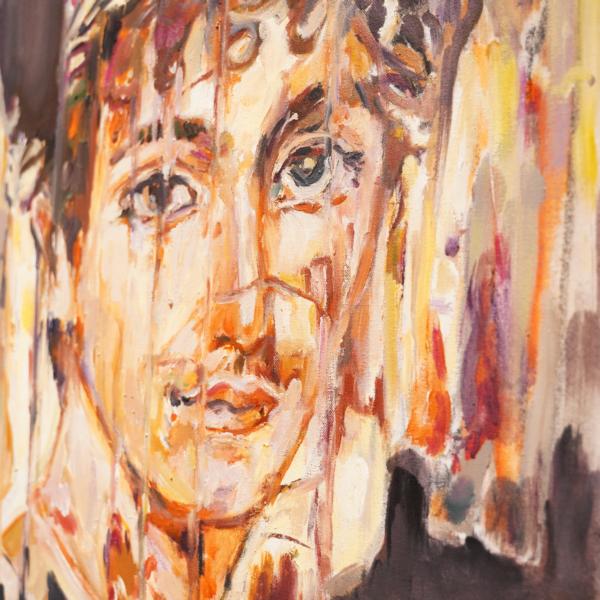

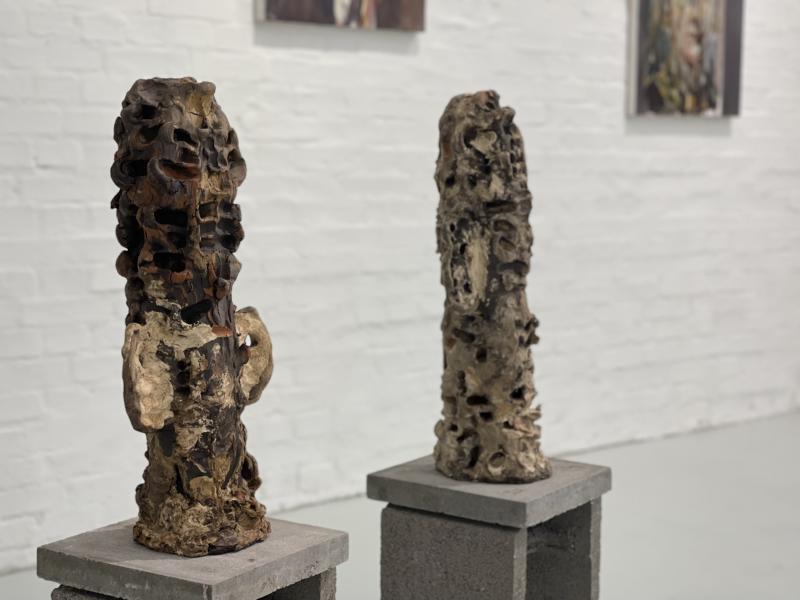
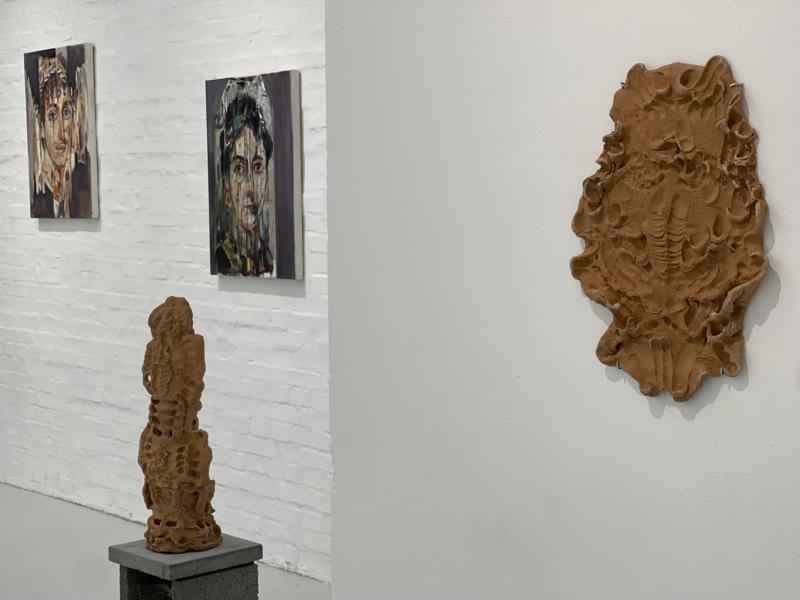
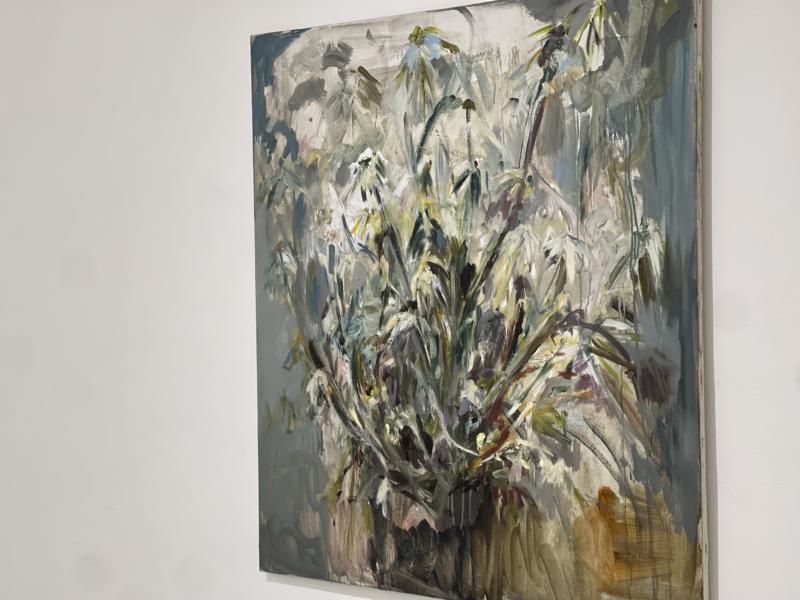
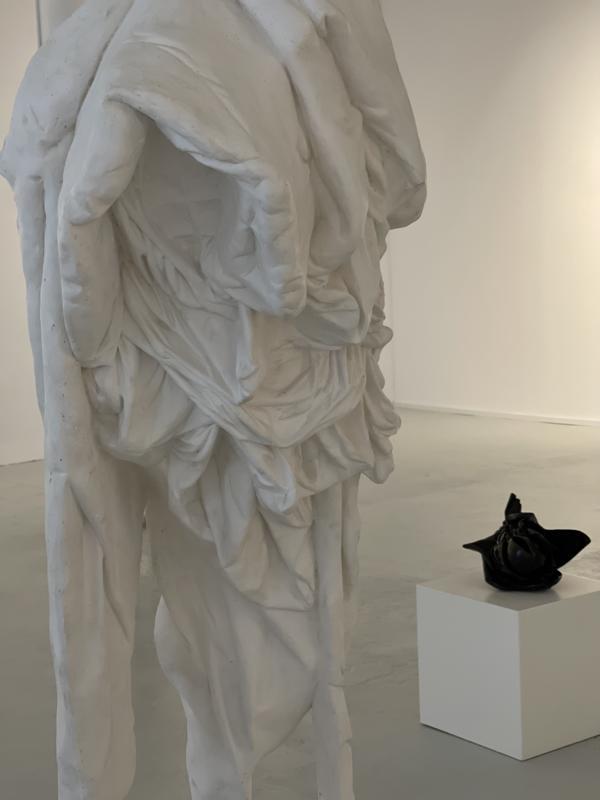

Exhibitions Catalogues
-
Catalogue ›Colours of Utopia‹ Girmachew Getnet | Lachenmann Art
Regular price €15,00Regular priceUnit price perCatalogue ›RE-DISCOVER‹ Veit von Seckendorff | Lachenmann Art
Regular price €15,00Regular priceUnit price perCatalogue ›Interferences‹ | Sandra Schlipkoeter
Regular price €40,00Regular priceUnit price perCatalogue ›Teoksia‹ Jukka Rusanen | Lachenmann Art
Regular price €25,00Regular priceUnit price perCatalogue ›Alpirismus‹ Katrin Kampmann | Lachenmann Art
Regular price €15,00Regular priceUnit price perCatalogue ›NACHWELT‹ Franziska Klotz, Agnes Lammert, Jirka Pfahl, Ronny Szillo | Lachenmann Art
Regular price €15,00Regular priceUnit price perCatalogue ›Speculations / Simulations‹ Genti Korini | Lachenmann Art
Regular price €15,00Regular priceUnit price perCatalogue ›Art in Crisis‹ group exhibition | Lachenmann Art
Regular price €15,00Regular priceUnit price perCatalogue ›Class AR Penck‹ | Kettler Verlag
Regular price €38,00Regular priceUnit price perCatalog ›Salon Hansa: InterINTIMES_AutoPORTRAIT‹ | Lachenmann Art
Regular price €15,00Regular priceUnit price perCatalogue ›Total Museum‹ Lars Teichmann | Lachenmann Art
Regular price €24,00Regular priceUnit price perCatalogue ›Love and Death‹ Deniz Alt | Lachenmann Art
Regular price €15,00Regular priceUnit price perDo you have any questions? Write to us!
- Choosing a selection results in a full page refresh.
- Opens in a new window.














